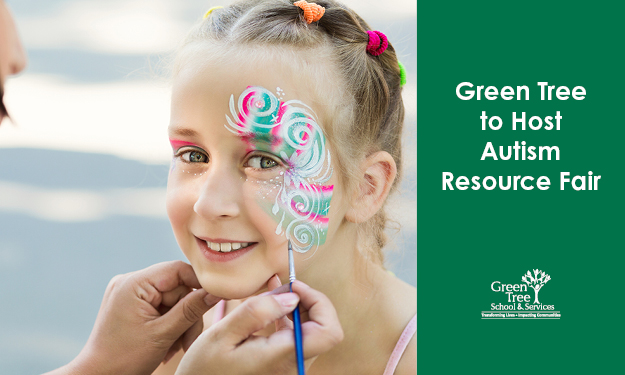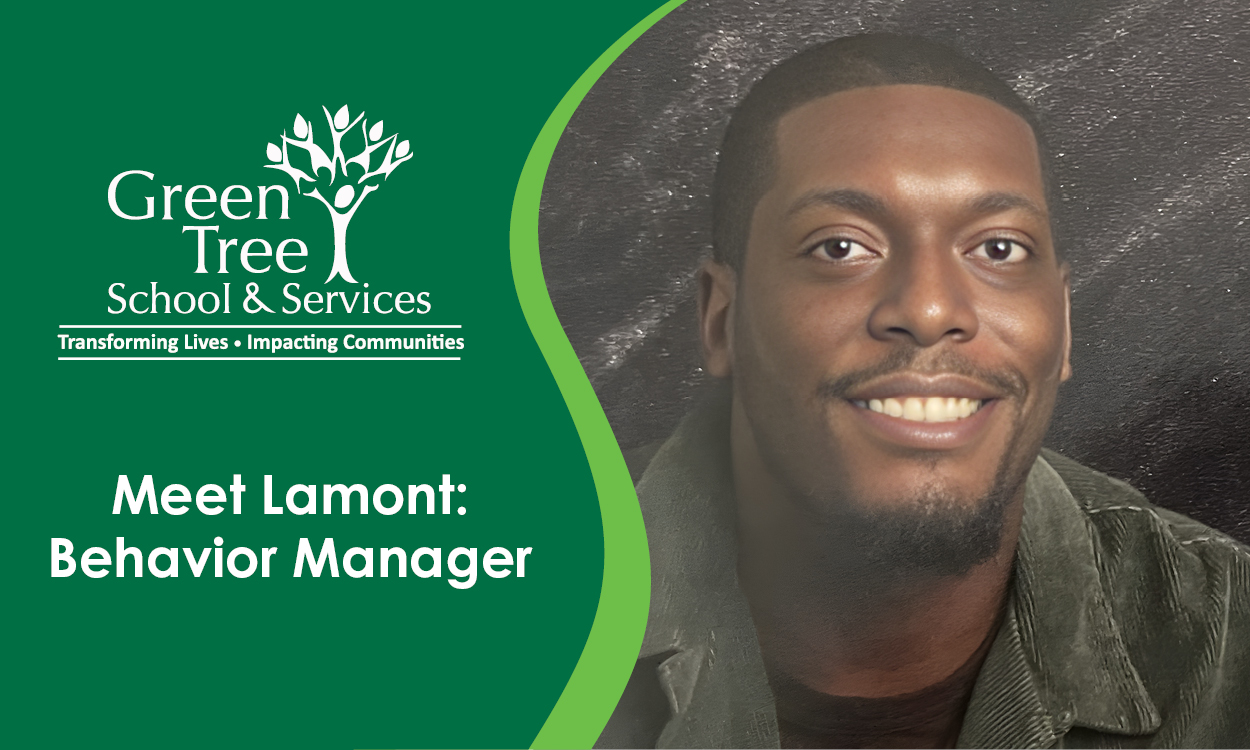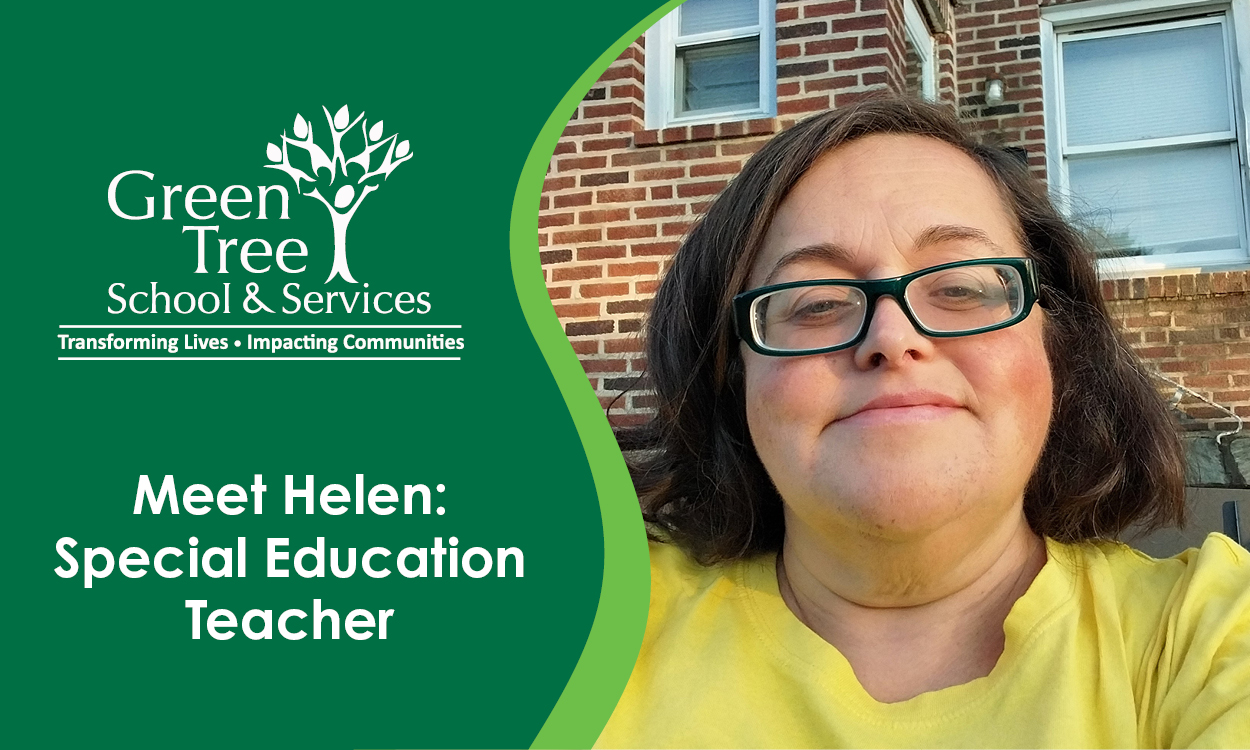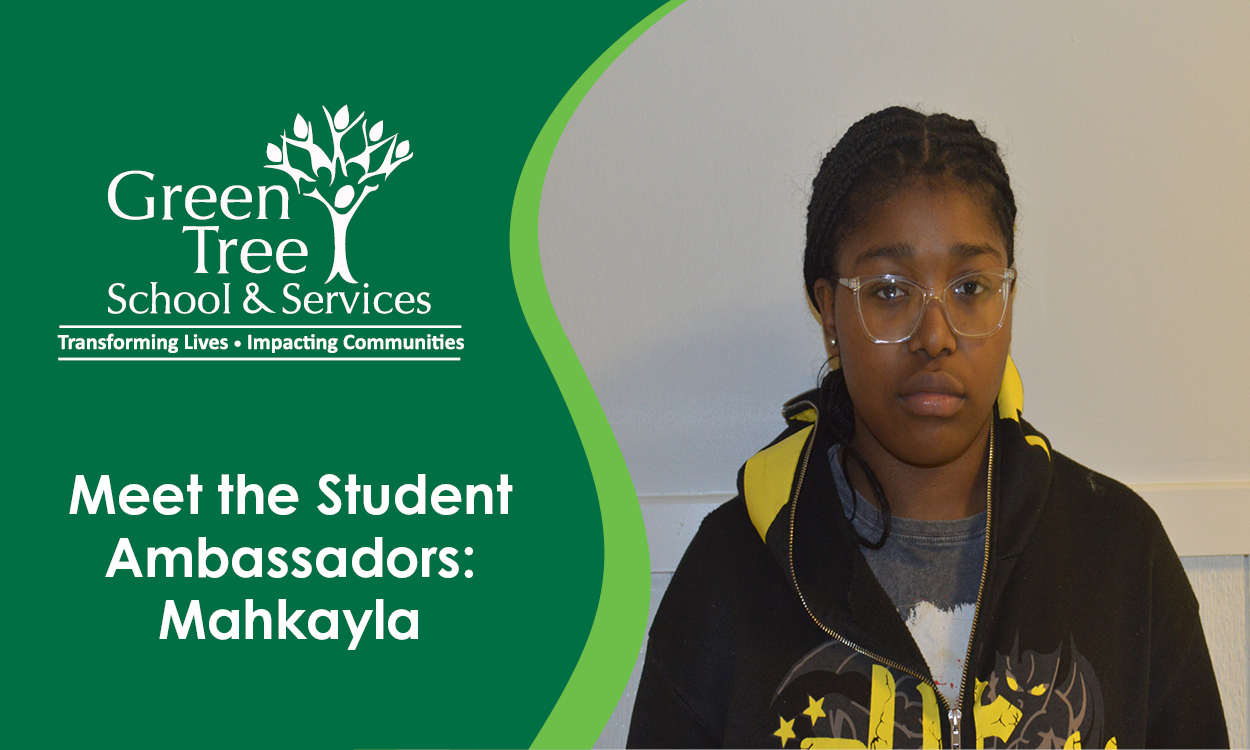Tips and Tricks: Dealing with Changes in Routine and Seasons
Posted: April 04, 2022 | Written By: Erin Huff | Category: Special Education Tips

Erin Huff, MS, OTR/L, CAS
Occupational Therapist
New Story Schools
Change can be intimidating for all of us – a new job, moving to a new city, and even changing a simple daily routine. All situations of change can bring levels of uncertainty that make us uneasy about following through. As we grow up and our brains mature, we acquire coping strategies that enable us to maximize success through the many changes that are bound to happen throughout a lifetime. However, individuals with autism may not be able to obtain these coping skills, and therefore require outside supports to be able to process changes. The recent change of season presents many changes that could result in students having a difficult time processing, and it is important to find techniques to work with each individual student to help develop coping skills that work for them.
Why is Change so Difficult for Individuals with Autism?
Sensory processing abilities are crucial for us to function – this is what allows us to register what a noise is, tolerate different textures and lightings, ignore background noises, and so much more. It is not uncommon for individuals with autism to present with various sensory processing difficulties, which presents obstacles in their daily lives, and resistance to change often has a lot to do with these abilities.
Individuals who present with difficulty with sensory registration are typically those who avoid unfamiliar sensory events. This avoidance results in a lack of sensory stimuli that could cause individuals to appear uninterested in new events and therefore seem resistant to change. Because of this, people with sensory sensitivities often seek structure in their day-to-day lives due to familiar events being associated with predictable sensory stimuli. However, as we all know, structure is not always possible. Transitions could be something as simple as going from the car to the house, or a more long-term change, such as transitioning from a typical school year schedule to summer break. Although resistance to change is inevitable, below are some tips and suggestions that could ease transitions soon to come.
Techniques and Tips for Coping with Change
- Prompting – Two different prompting techniques may be helpful with preparing students for change. Verbal prompting can be used to prepare them for upcoming changes, such as giving them reminders of time (i.e., 10 minutes until we go inside, 5 minutes, and so on). Using timers could also be beneficial when using verbal prompts to associate the timer going off with the change or transition happening. On the other hand, visual prompting, such as using a visual schedule or a now/then chart, will allow them to be able to prepare for what to expect as the day progresses.
- Provide structure where possible – When possible, incorporating familiar routines may help ease the stress and resistance of changes about to come. For example, if an individual is used to the sequence of waking up, brushing teeth, and eating breakfast, allow time for the same sequence to occur when in unfamiliar situations (such as on a vacation). Additionally, bringing preferred items (such as a toy, stuffed animal, or clothing item) to new places could provide comfort during a potentially uncomfortable time.
- Allow time for desensitization – Rushing individuals through new sensory experiences prevents them from being able to adequately process the input and could lead to further resistance. Providing extended time to become familiar with new places, as well as to mentally process prompts, can allow them to maximize their success in these unfamiliar places. Some places even allow individuals with special needs to enter before opening to assist with desensitization.
- Visual supports – When a change is intended, using visual supports such as pictures and videos could help prepare individuals with autism about what’s to come. For example, showing them pictures of past summer breaks while explaining that this is coming up again can help associate the upcoming event with a visual memory. For new experiences, looking up pictures and videos of the places can help prepare them for what to expect and what sensory barriers may be present. Additionally, this could also help caregivers to prepare to prevent sensory overload by knowing what to expect and therefore what items may be needed (such as headphones to soften noises).
In conclusion, it is important to note that every person is different, and what works for one individual may not work with someone else. Trial and error techniques, as well as collaborating with your student’s multidisciplinary team, can assist with creating individualized interventions for success with upcoming changes and transitions.
Want to be notified of new articles and resources from Green Tree Schools? Click here to submit your email and opt into our newsletter.










